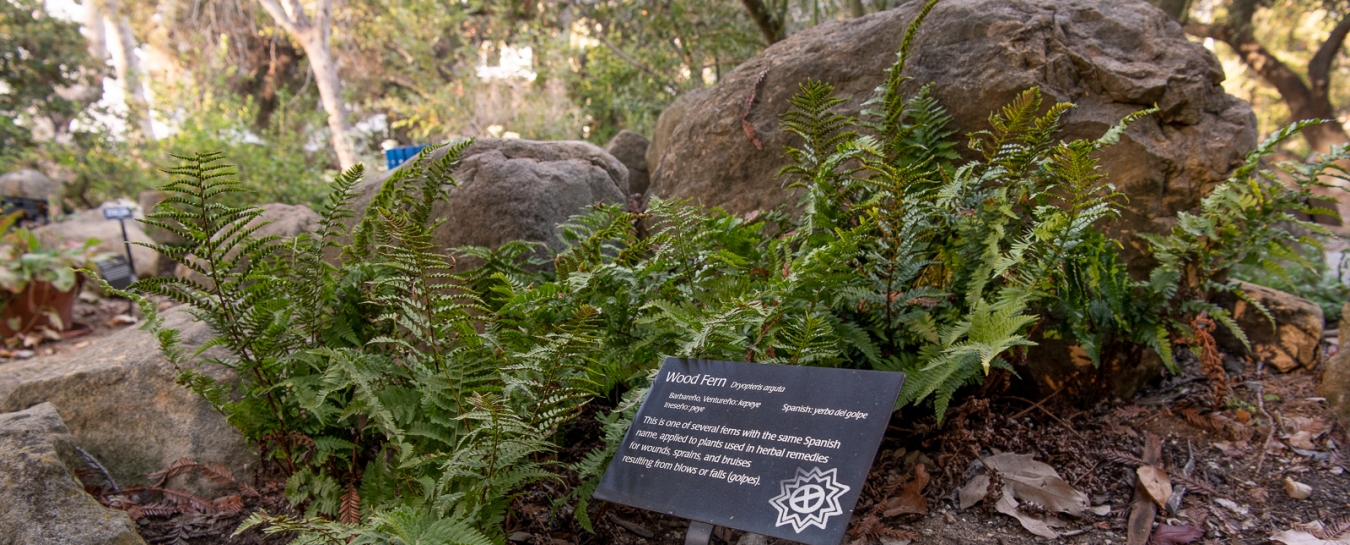
Health and Medicine
HEALTH
How long did Chumash Indians live?
Their lives were not as long as ours. The average life expectancy may have only been about 35, or even less, although that is similar to life expectancy of Europeans at the same period. Some elders survived into their 70s and 80s.
Chumash elder Fernando Librado Kitsepawit was born in 1839 at the San Buenaventura Mission and was the last known full-blooded island Chumash. He died in 1915 in Santa Barbara.
How did Chumash health change after the Spanish arrived?
After California became a Spanish colony, diseases were introduced that had a devastating effect on the Chumash, especially on very young children. Not too many people survived childhood, so the Chumash population declined rapidly. The worst epidemic of the Mission Period was a measles epidemic in the winter of 1806. It took many lives all up and down California. The Chumash had never experienced measles before the coming of the Europeans, so it was a deadly disease to them.
MEDICINE
Were there doctors?
The Chumash had several kinds of doctors, or shamans. They believed that disease resulted from problems with a person's spiritual state, so they concentrated on healing the spirit. Songs and prayers, dietary restrictions, and special medicines were some of the treatments these doctors used. For more information about Chumash medicinal practices see Recommended Publications under Museum Resources.
What was the Chumash Indians' medicine made out of?
There were many kinds of medicine. Besides bark, roots, and flowers of various kinds of plants, minerals were sometimes ground up, mixed with animal fat and painted on the sick person. Sea water was drunk as a purgative to clean the digestive system. Certain kinds of treatment required swallowing live red ants.
What were some of the Chumash plant medicines?
Nearly a hundred kinds of plants were used medicinally by the Chumash - willow bark for sore throats, elder flowers for colds, even poison oak to heal wounds!
One of the most powerful plants was called chuchupate. It was a root in the Carrot Family that grew high in the mountains. It was chewed to give a person strength and to ward off disease.
About This Site
This website contains resources about Chumash traditional cultures collected by Santa Barbara Museum of Natural History staff for the use of teachers and students. Visit the other pages to learn more:

